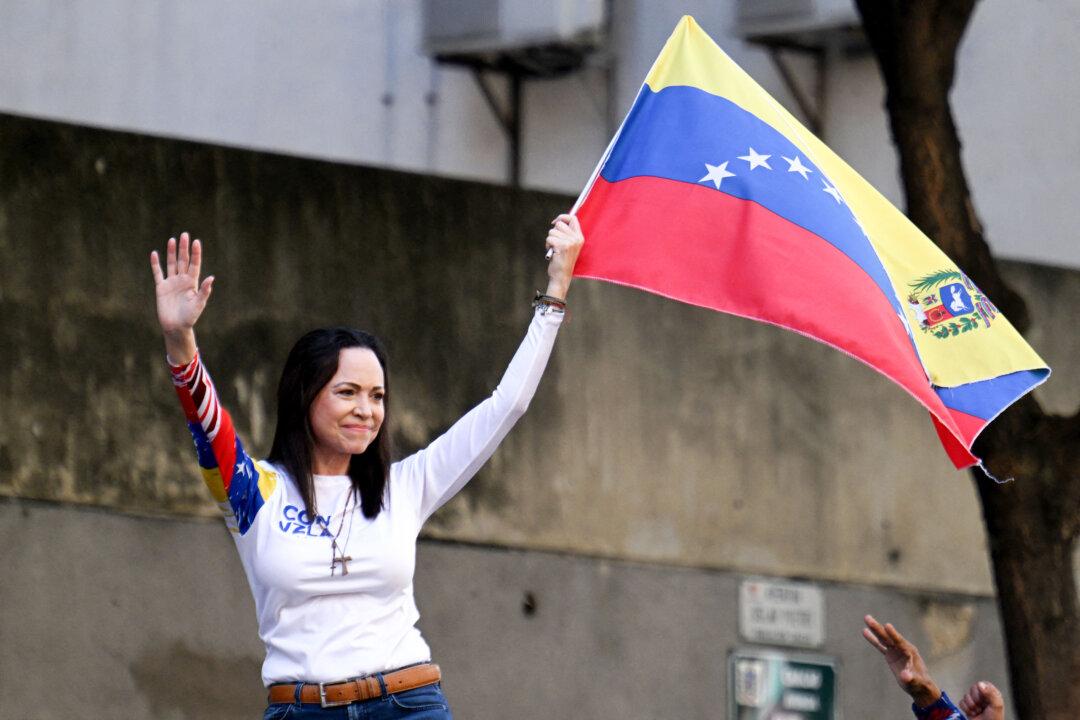The first Supplemental Security Income (SSI) direct payments of the year are set to be paid out on Feb. 1, with qualifying recipients expecting checks of up to $914.
The SSI payments, which are meant to provide income support to people aged 65 and older, blind or disabled adults, and blind or disabled children, normally go out on the first of each month.





